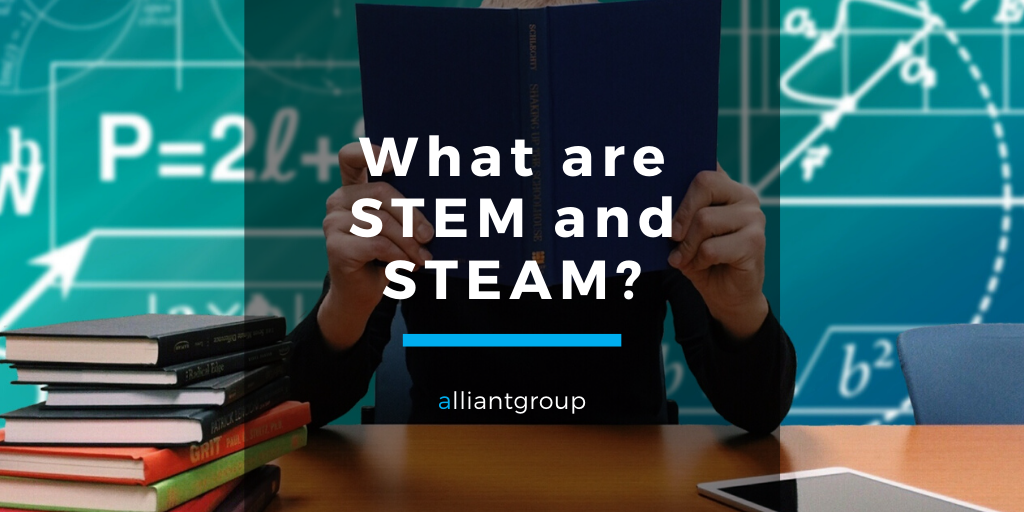In this age of acronyms, it can be difficult to store a lexicon of abbreviations in our minds. Strings of letters can be confusing at best, but some of them are worth not just memorizing, but learning more about. Two such acronyms are STEM and STEAM, interconnected concepts that exert powerful influences on our daily lives—even if you don’t realize it!
What is STEM?
STEM is an umbrella-term for education and industries that encompass Science, Technology, Engineering, and Mathematics. With the rise of business and household technology over the past few decades, this term has become a staple for identifying these industries and their relevant aspects. Because so many recent innovations have blended two or more of these letters together, STEM education focuses on the connections between them, offering a holistic approach that applies to real-world careers and situations. Mechanical engineers, biotechnologists, and actuarial mathematicians can’t be pigeonholed into one of those four categories—there’s a complex Venn diagram connecting all four technical areas of expertise.
What is STEAM?
While STEM relies on the highly technical aspects of science, technology, engineering, and math, STEAM incorporates one final component: the arts. Science and humanities seem like apples and oranges, but when studied in tandem, their powers combine to offer a valuable curriculum centered around critical thinking and creativity—important soft skills for any STEM professional. STEAM also further highlights the overlap between STEM standards, exploring why that overlap is so crucial while demonstrating relevant concepts.
Why do they matter?
STEM skills are highly demanded in this day and age, and research shows that support for STEM education has the potential to reduce the unemployment rate. As the National Science Foundation states, “Education at all levels in science, technology, engineering, and mathematics—STEM—develops, preserves, and disseminates knowledge and skills that convey personal, economic, and social benefits. Higher education provides the advanced work skills needed in an increasingly knowledge-intensive, innovation-focused economy and society.”
Encouraging STEM education through as many means as possible and demonstrating its overlap with the arts is the key to unlocking its full power. In essence, support of STEM means support for the modern workforce, and for young, growing professionals who are just starting to make their way in the world.

